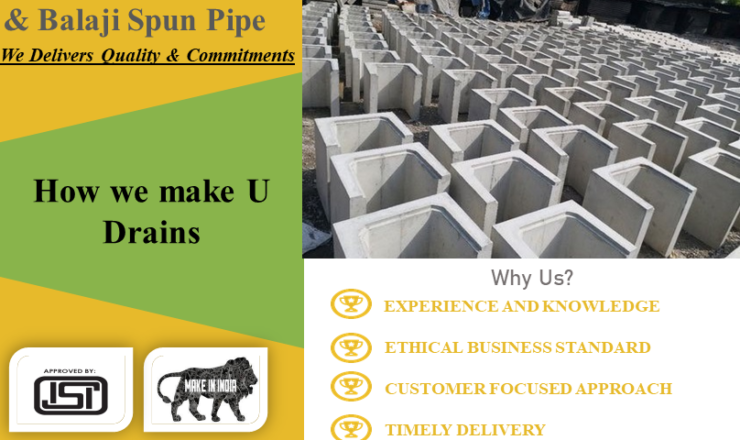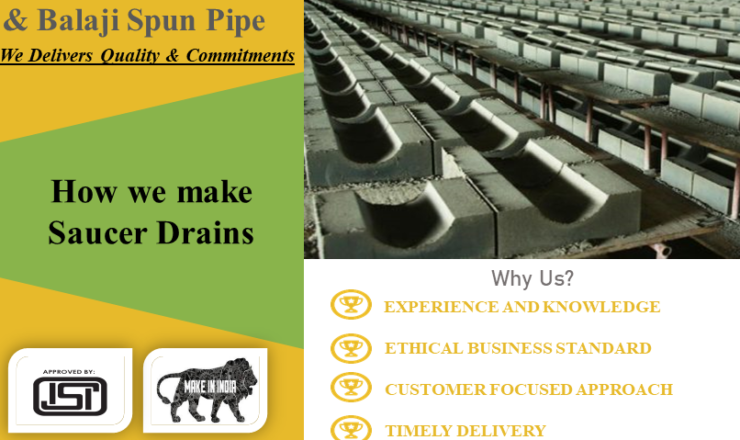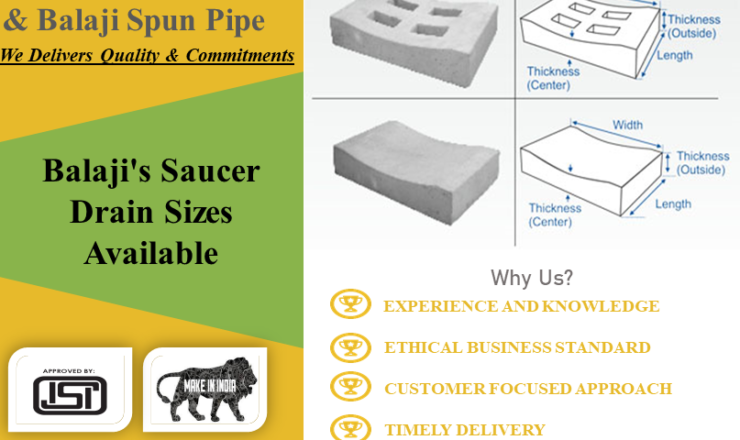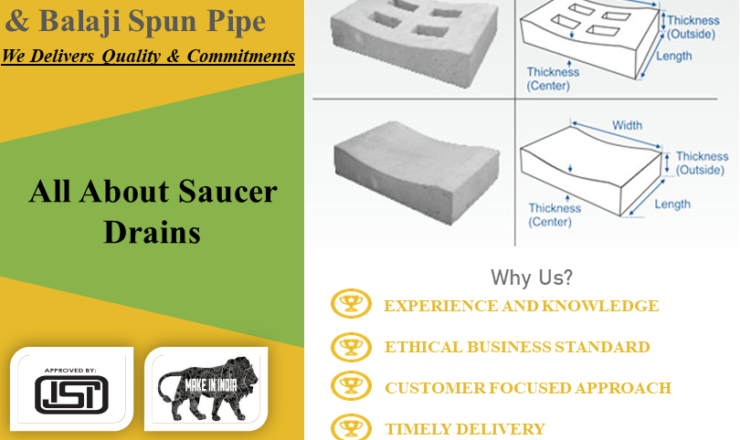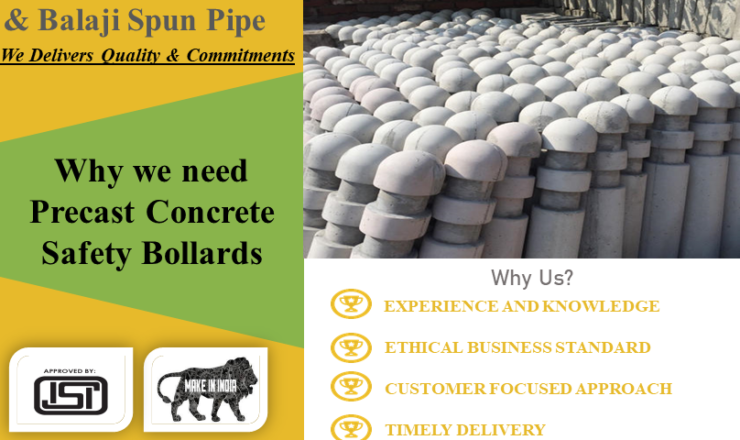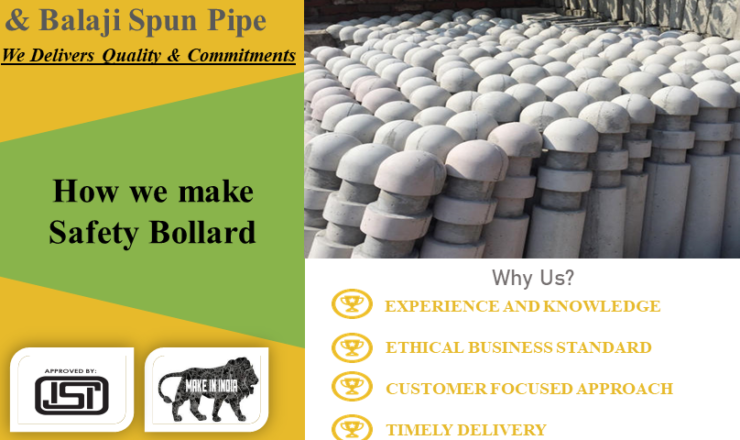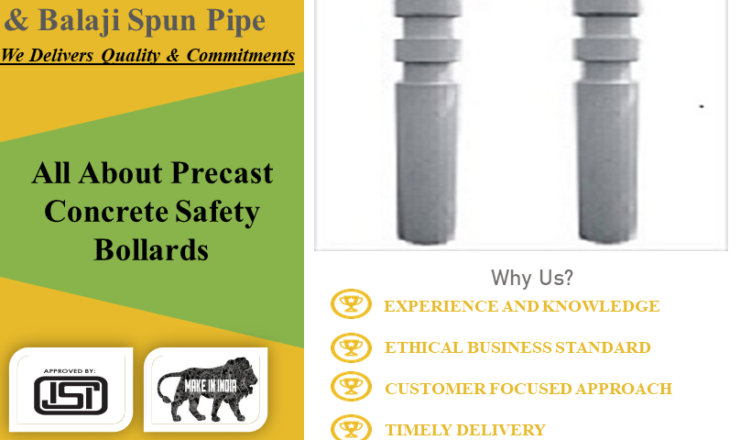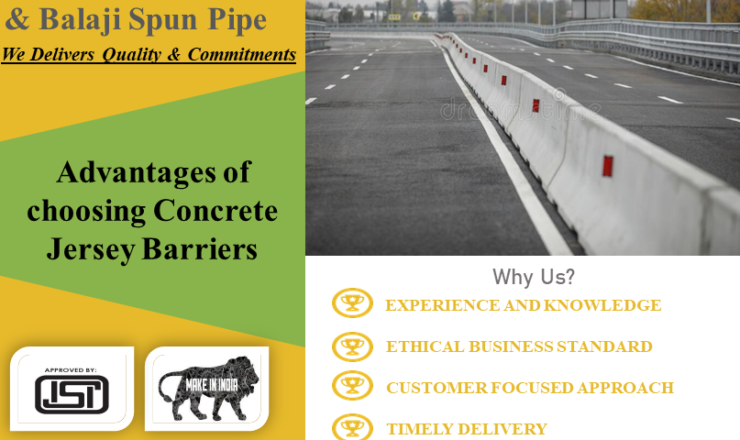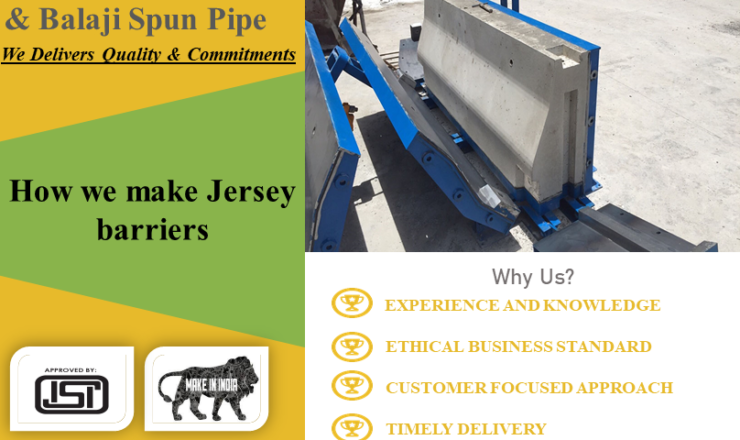We offer Variety of Sizes of U Drains
Precast concrete U drains allow for speedier construction of channels with minimum wet cast concrete work. We manufactures a full range of U shaped drains. These drains range in widths from 200 mm to 855 mm. They are produced in strict factory controlled conditions that ensure high quality. Besides storm water drainage, these types of drains are also used to...



